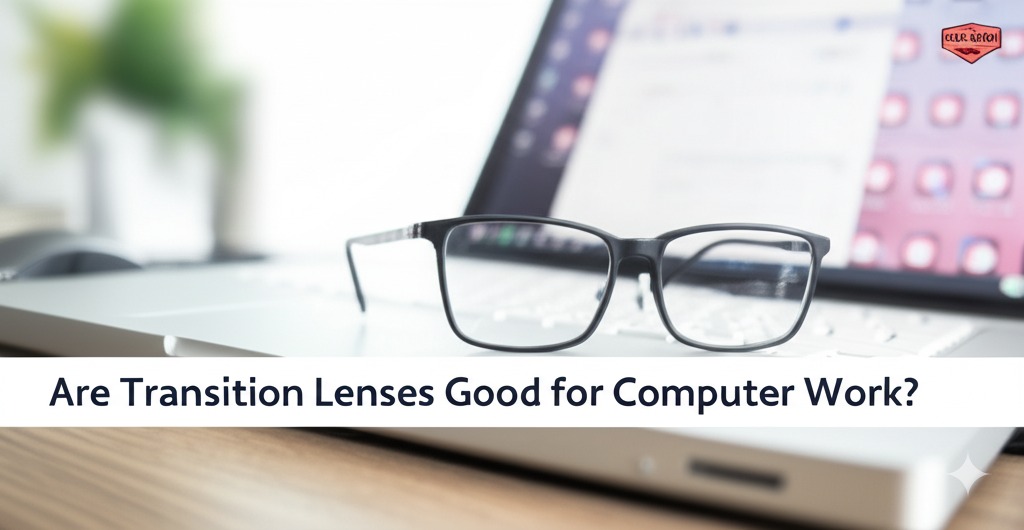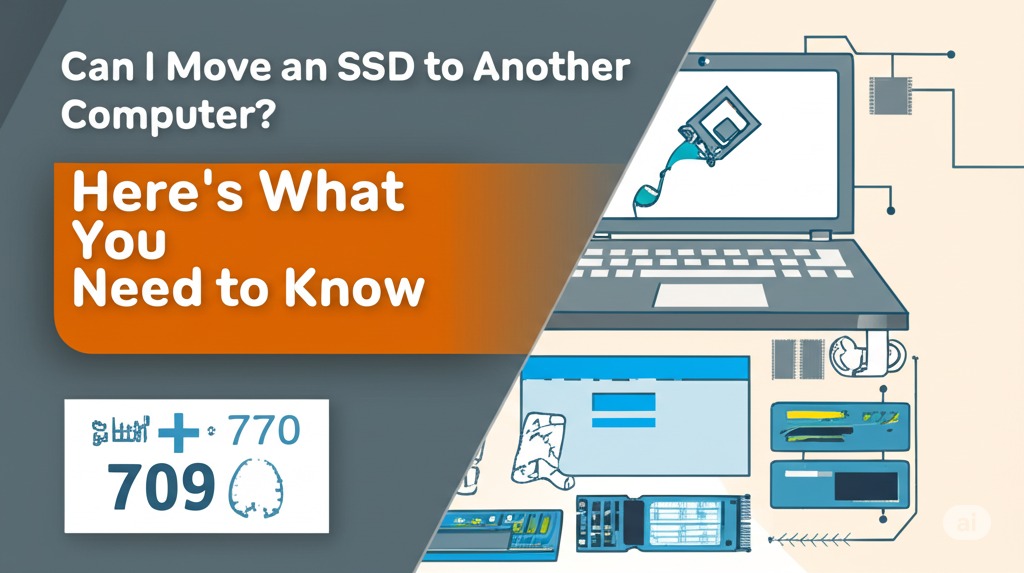In today’s digital age, we spend a significant portion of our day in front of screens, whether for work, entertainment, or socializing. However, all this screen time can strain our eyes, leading to discomfort, dryness, and even headaches. For those already wearing glasses, a common question arises: Are transition lenses, the kind that darken in sunlight, good for computer work? In this article, we’ll explore the pros and cons of using transition lenses for digital tasks and provide insights into whether they’re the right choice for you.
What Are Transition Lenses?
Transition lenses, also known as photochromic lenses, are special eyeglasses that automatically darken when exposed to sunlight and return to clear indoors. These lenses offer convenience for those who regularly switch between indoor and outdoor environments, eliminating the need for separate prescription sunglasses.
How Transition Lenses Work
Transition lenses use a special coating that reacts to UV light. When you step outside, UV rays trigger the lens to darken, protecting your eyes from harmful sunlight. When indoors, the lenses return to a clear state, allowing for comfortable indoor vision. This makes them an excellent choice for people who are constantly moving between different lighting conditions.
The Pros of Using Transition Lenses for Computer Work
1. All-in-One Solution
Transition lenses provide the convenience of not needing to switch between prescription glasses and sunglasses. For those who spend time outdoors or frequently move between environments, these lenses offer both clear vision indoors and UV protection outdoors.
2. UV Protection
Spending long hours on a computer exposes your eyes not only to blue light but also to indirect UV rays from the sun. Transition lenses protect against UV rays, which can be especially beneficial for those who work near windows or in spaces with natural light.
3. Comfort for Outdoor Breaks
Taking regular breaks from the screen is essential for eye health. With transition lenses, stepping outside for a break becomes much more convenient, as your lenses will automatically adjust to sunlight. You won’t need to worry about carrying or switching to sunglasses.
4. Reduced Glare
Transition lenses can also reduce glare, which can be a problem when transitioning from bright outdoor environments to dimmer indoor settings. This can be especially helpful for reducing eye strain when you’re frequently moving between indoor and outdoor spaces.
The Cons of Using Transition Lenses for Computer Work
1. Indoor Performance
One of the main downsides of transition lenses for computer use is their performance indoors. When you’re sitting in front of a screen, the lenses may not be completely clear, as the technology works primarily in response to UV light. In indoor settings with limited UV exposure, they might not clear up as much as you need for optimal screen viewing.
2. Screen Glare in Direct Light
If you work in a brightly lit environment with direct sunlight, transition lenses may not fully clear up. This could result in a noticeable glare or dimming that can affect your ability to view your computer screen comfortably, making them less ideal for those who work near windows or in sunlit rooms.
3. Slower Adjustment Times
Transition lenses can take a little longer to adjust when moving between indoor and outdoor environments. If you’re constantly shifting from bright outdoor light to artificial indoor lighting, the lens may not adjust as quickly as you might need, leaving you waiting for clarity.
Alternatives to Transition Lenses for Computer Work
If you’re concerned that transition lenses might not be the best fit for your computer work, consider these alternatives:
1. Blue Light Blocking Glasses
Blue light blocking glasses are designed to reduce the strain caused by digital screens. They help filter out the harmful blue light emitted by your devices, which can reduce eye fatigue and improve comfort during long hours of screen time.
2. Anti-Reflective Coatings
Adding an anti-reflective coating to your lenses can minimize glare and improve screen visibility, especially in indoor lighting conditions. This is a great option if you’re mainly working indoors and want to avoid the potential dimming issues of transition lenses.
3. Prescription Sunglasses
If you spend a lot of time outdoors during breaks or in between work sessions, prescription sunglasses with polarized lenses could be a more effective solution for sunlight protection. They provide better clarity and UV protection without compromising your vision indoors.
What’s the Best Option for Your Computer Work?
When choosing eyewear for computer work, it’s important to consider your unique needs and work environment. Transition lenses can be beneficial if you frequently move between outdoor and indoor environments. However, if you primarily work indoors and need precise screen visibility, you may be better off opting for anti-reflective coatings or blue light blocking glasses.
It’s also worth noting that frequent computer users might benefit from additional strategies to reduce eye strain, such as practicing the 20-20-20 rule (taking a 20-second break every 20 minutes to look at something 20 feet away) and ensuring proper lighting in your workspace.
Conclusion
So, are transition lenses good for computer work? The answer depends on your specific situation. If you spend a lot of time outdoors or near windows, transition lenses can offer convenience and UV protection. However, for those who spend the majority of their time indoors at a computer, alternatives like blue light blocking glasses or anti-reflective coatings might be a better fit. Consider your daily routine and eye health needs when making your decision.

Caleb Carlson is a contributing writer at Computer Site Engineering, specializing in computer technology, software trends, and hardware innovations. His articles simplify complex tech topics, making them accessible to readers of all levels.





